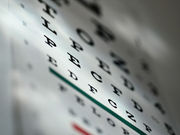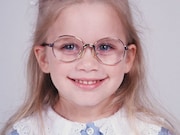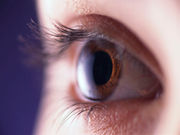Visual acuity improved; no change in interocular suppression or stereoacuity
TUESDAY, Oct. 20, 2015 (HealthDay News) — Passive viewing of dichoptic feature films is feasible and could treat childhood amblyopia, according to a small study published in the October issue of the Journal of the American Association for Pediatric Ophthalmology and Strabismus.
Simone L. Li, Ph.D., from the Retina Foundation of the Southwest in Dallas, and colleagues studied the efficacy of a movie method to provide contrast-balanced binocular experience via complementary dichoptic stimulation in eight amblyopic children (aged 4 to 10 years of age). Dichoptic versions of 18 popular animated feature films were created and participants watched three dichoptic movies per week for two weeks on a passive three-dimensional display.
The researchers found that mean amblyopic eye visual acuity improved from a logarithm of minimum angle of resolution of 0.72 at baseline to 0.52 (P = 0.003), indicating 2.0 lines of improvement at the two-week outcome visit. There were no significant changes in interocular suppression or stereoacuity and no side effects were reported.
“The maximum improvement that may be achieved by watching dichoptic movies remains to be determined,” the authors write.
Two authors are named in patents associated with this technology.
Copyright © 2015 HealthDay. All rights reserved.








